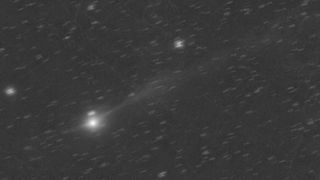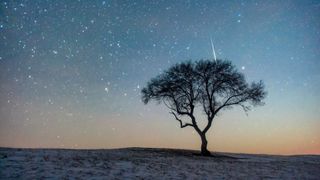Astronomy news, features and articles
Explore Astronomy
Latest about Astronomy
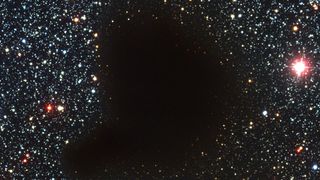
What's the darkest place in the solar system? What about the universe?
By Alice Sun published
Space looks very dark from Earth. But does the solar system, and the universe for that matter, have an area that's the darkest of all?
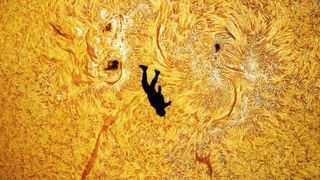
Astrophotographer snaps 'absolutely preposterous' photo of skydiver 'falling' past the sun's surface
By Harry Baker published
Astrophotographer Andrew McCarthy has snapped a striking shot of a skydiving YouTuber perfectly aligned with the fiery surface of the sun. The unlikely image, dubbed "The Fall of Icarus," required meticulous planning to pull off.
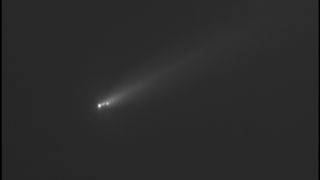
New image of 'other comet ATLAS' reveals it's breaking apart ahead of close approach to Earth
By Ben Turner published
New images show that comet C/2025 K1 (ATLAS) has fragmented after passing its closest point to the sun, ahead of its close approach to Earth later this month. This is not the interstellar comet 3I/ATLAS.
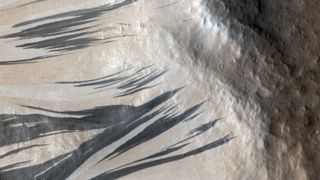
2 million black 'streaks' on Mars finally have an explanation, solving 50-year mystery
By Harry Baker published
A new analysis of data from NASA's Mars Reconnaissance Orbiter reveals that the majority of the Red Planet's dark "slope streaks" did not form as most researchers previously assumed.
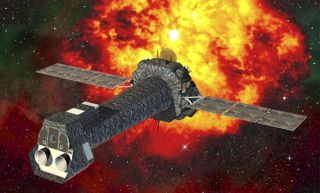
Scientists detect monster blast from nearby star that could rip the atmosphere off a planet
By Elizabeth Howell published
In a small blow to the search for extraterrestrial life, a nearby star shot out a strong enough coronal mass ejection to strip away the atmosphere of any rocky planets that could have been in the way.

'Severe' solar storm brings auroras as far south as Florida — and more are on the way tonight
By Brandon Specktor last updated
The most powerful solar flare of 2025 has launched a ball of energy toward Earth that could trigger widespread auroras across the United States tonight.

James Webb telescope may have found the first stars in the universe, new study claims
By Elizabeth Howell published
The James Webb Space Telescope may have discovered Population III stars, the universe's first generation of stars. They may tell us more about how galaxies form.
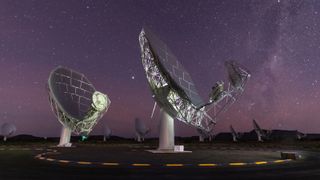
Astronomers detect first 'radio signal' from interstellar comet 3I/ATLAS — but it wasn't aliens
By Harry Baker published
Astronomers at South Africa's MeerKAT radio telescope have detected the first radio waves coming from the interstellar comet 3I/ATLAS. But while this sounds suspiciously like alien activity, it is actually further proof of its completely natural origins.
Get the world’s most fascinating discoveries delivered straight to your inbox.


